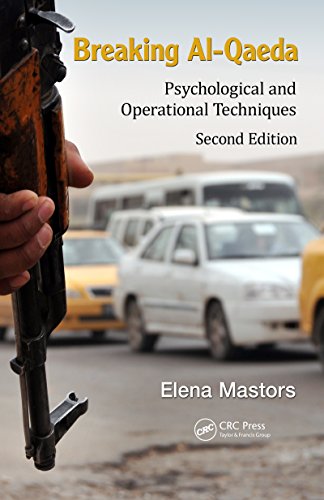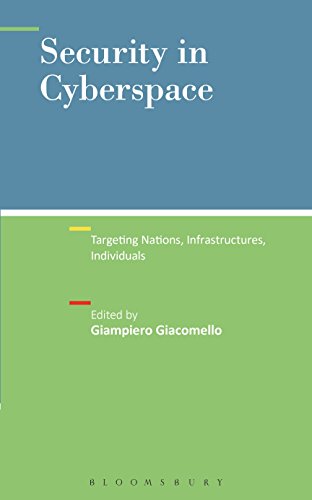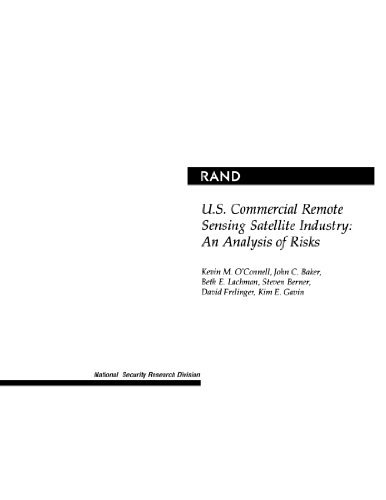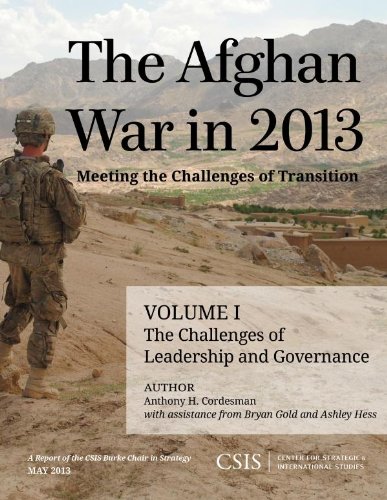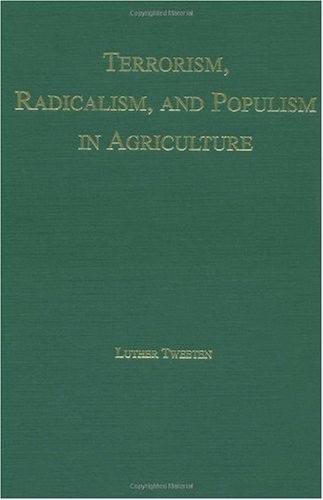By Anthony H. Cordesman,Bryan Gold,Ashley Hess
After greater than a decade of struggling with in Afghanistan, the U.S. and its allies are set to move defense tasks to Afghan forces in 2014. This transition poses many demanding situations, and masses is determined by the way forward for Afghan politics, governance, corruption, improvement, safeguard, and economics. How the us manages the transition is essential for any hopes of constructing a safe Afghanistan, in addition to fighting the reemergence of the Taliban and different terrorist teams. The Afghan conflict in 2013 truthfully assesses the advantages, charges, and hazards inquisitive about transition. it's crucial studying for an in-depth realizing of the complicated forces and intricacies of the U.S.’ function in Afghanistan and the problems concerned with making a reliable Afghanistan in 2014 and past. Afghanistan remains to be at struggle and may most likely be at struggle lengthy after 2014. whilst, the arriving cuts within the overseas safeguard information strength (ISAF) and cuts in army and civil reduction, besides the country’s fractious politics and lack of confidence, will have interaction with quite a lot of extra elements that threaten to derail the transition. those elements, tested during this three-volume examine, spotlight the necessity to make the inner political, governmental, financial, and defense dimensions of the transition as powerful as attainable. it will require a brand new measure of realism approximately what the Afghans can and can't accomplish, concerning the top ways to shaping the Afghan nationwide safety Forces (ANSF), and the necessity for larger deliberate and controlled outdoors aid.


